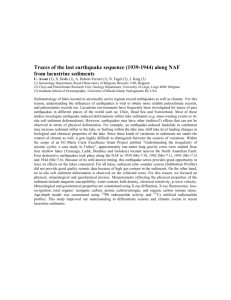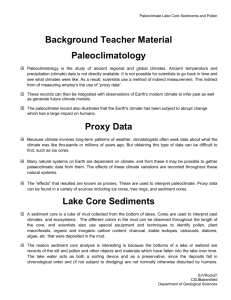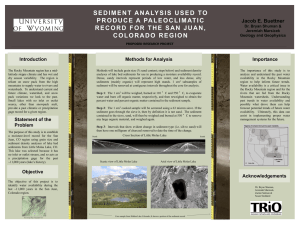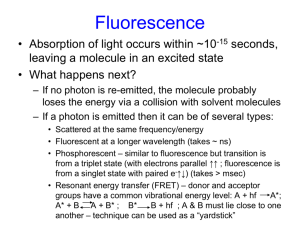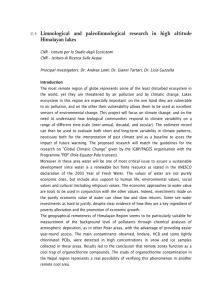What`s in the sediment
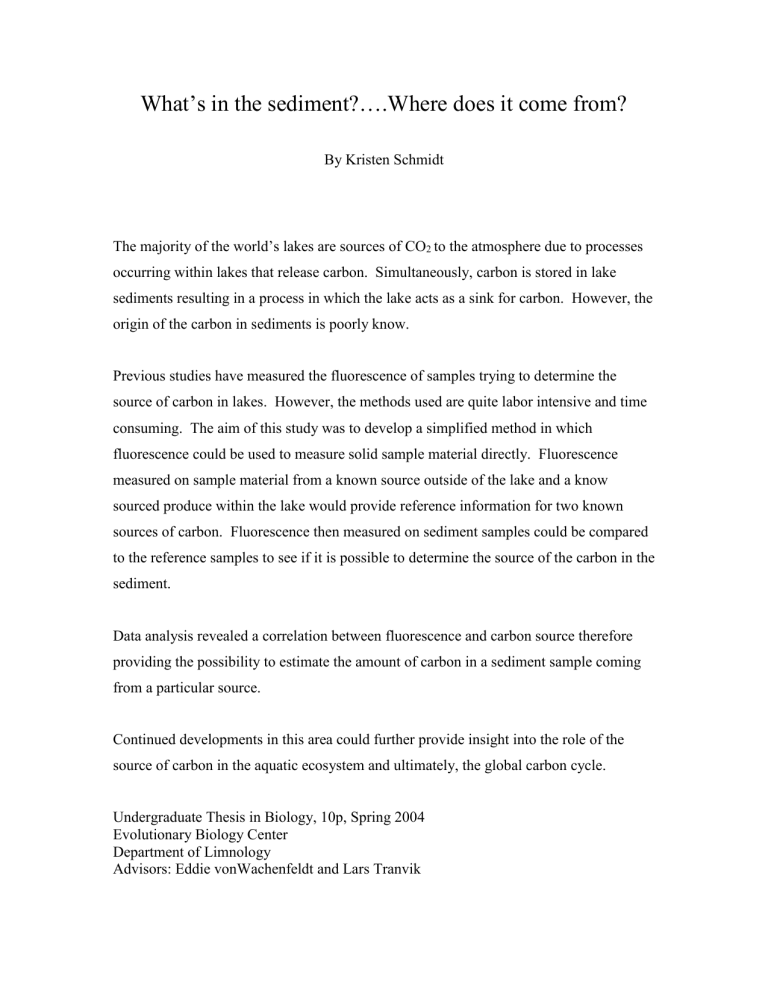
What’s in the sediment?….Where does it come from?
By Kristen Schmidt
The majority of the world’s lakes are sources of CO
2 to the atmosphere due to processes occurring within lakes that release carbon. Simultaneously, carbon is stored in lake sediments resulting in a process in which the lake acts as a sink for carbon. However, the origin of the carbon in sediments is poorly know.
Previous studies have measured the fluorescence of samples trying to determine the source of carbon in lakes. However, the methods used are quite labor intensive and time consuming. The aim of this study was to develop a simplified method in which fluorescence could be used to measure solid sample material directly. Fluorescence measured on sample material from a known source outside of the lake and a know sourced produce within the lake would provide reference information for two known sources of carbon. Fluorescence then measured on sediment samples could be compared to the reference samples to see if it is possible to determine the source of the carbon in the sediment.
Data analysis revealed a correlation between fluorescence and carbon source therefore providing the possibility to estimate the amount of carbon in a sediment sample coming from a particular source.
Continued developments in this area could further provide insight into the role of the source of carbon in the aquatic ecosystem and ultimately, the global carbon cycle.
Undergraduate Thesis in Biology, 10p, Spring 2004
Evolutionary Biology Center
Department of Limnology
Advisors: Eddie vonWachenfeldt and Lars Tranvik
